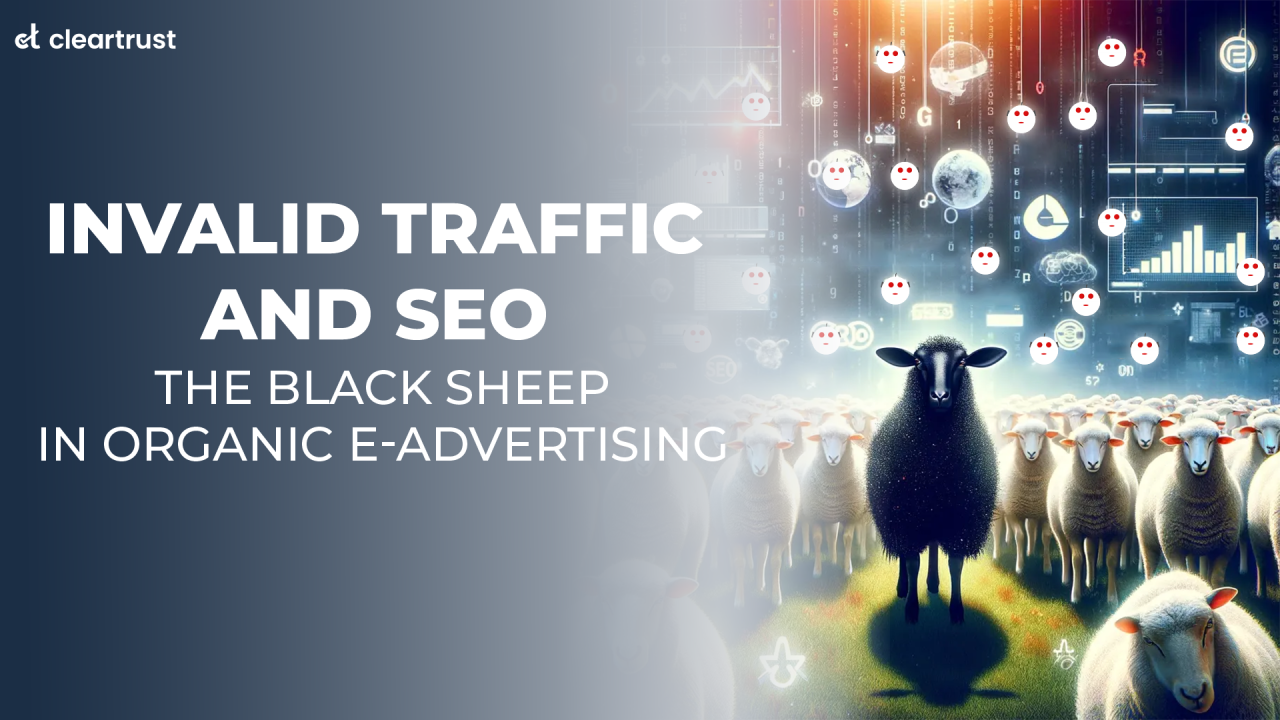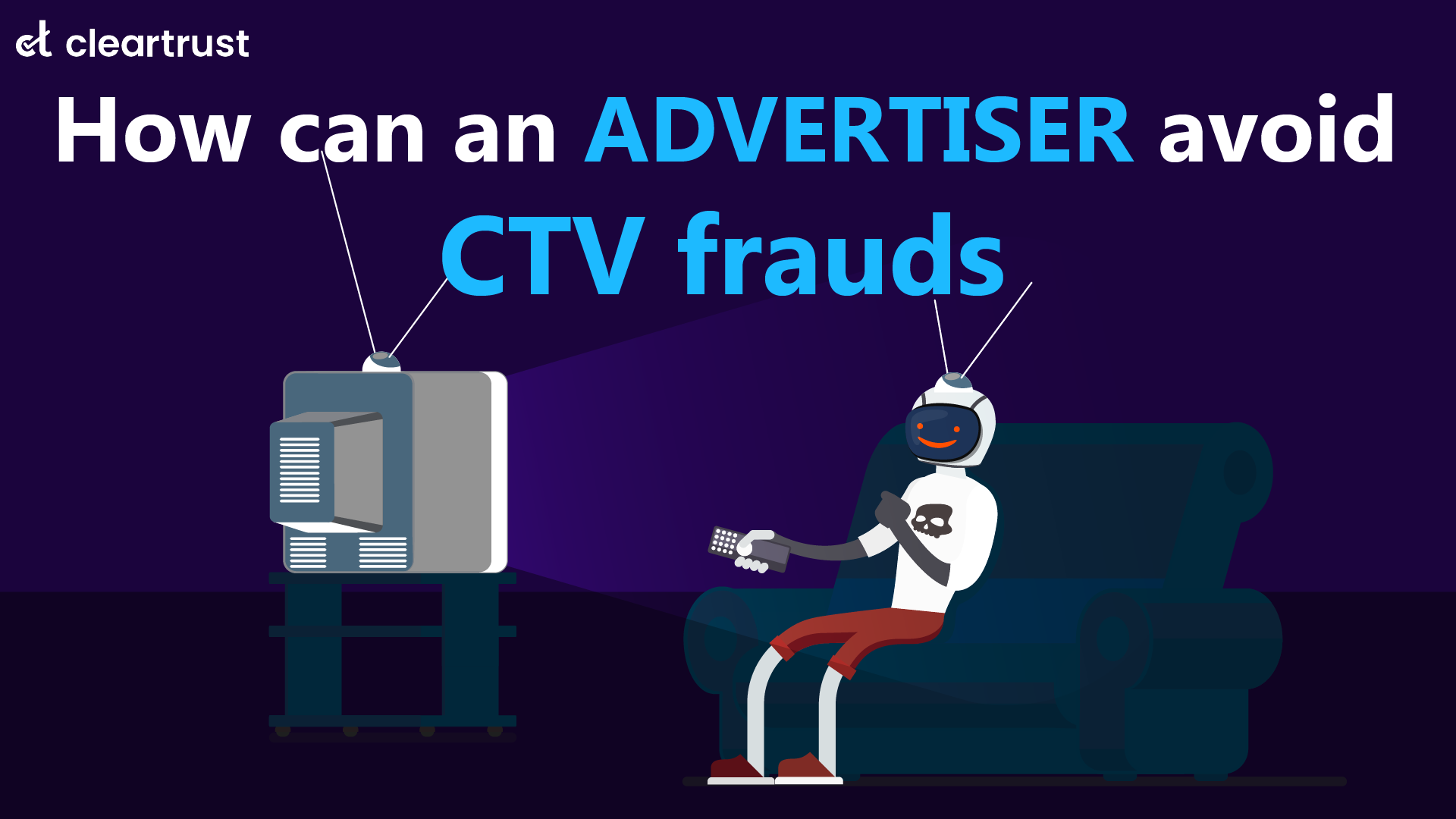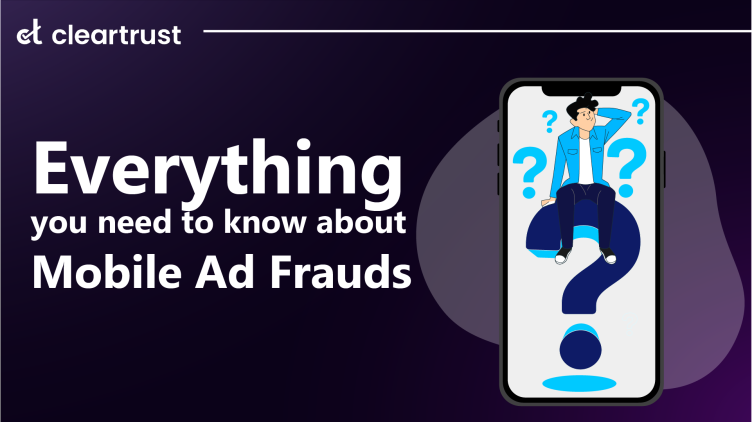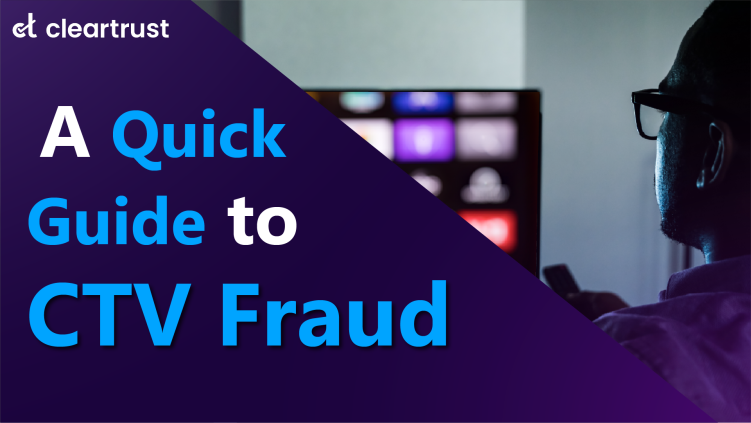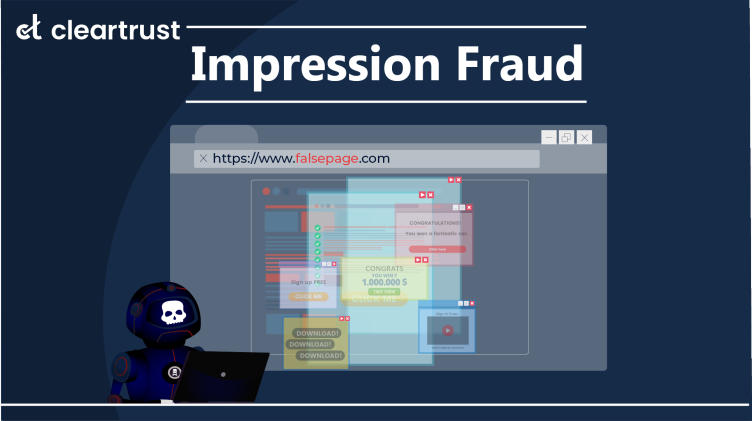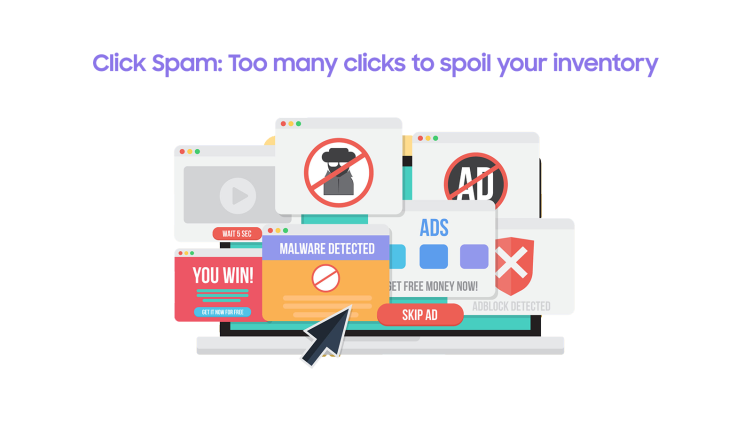Picture this.
You have onboarded one of the most celebrated professionals in the market to revamp your organic e-advertising efforts through a new SEO strategy. To begin with, you have optimised the page loading speed, added relevant backlinks and modified the meta description of each page on the website. After incorporating all these efforts, your overall SEO site score remains below par.
Have you ever wondered what might be going wrong despite everything going well internally? It’s invalid traffic (IVT) playing its dirty game in the background. As a silent disruptor, invalid traffic can stealthily impact your SEO rankings, turning the spotlight on the dark side of organic e-advertising. As programmatic strategies evolve, understanding the nuances of invalid traffic becomes paramount for safeguarding the integrity of your SEO efforts.
According to the latest statistics, bad bots now account for 73% of the overall traffic on the internet. In light of such shocking facts, it is crucial to keep a check on the traffic analytics on a periodical basis to avoid a drop in the SEO ranking. Let’s take a detailed look at how invalid traffic is the black sheep we need to get rid of to protect our SEO rankings.
What is invalid traffic?
Any traffic which is not genuine or human and has been automated to visit websites to initiate human-like actions is termed as invalid traffic. It can be in the form of bots, spam, malware or automated scripts generating fake impressions, clicks and other forms of engagement.
Before understanding IVT in detail, it’s important to strike a difference between good and bad bots. Good bots are search engine bots or spiders that crawl across the web and assess the relevance and quality of the pages to determine their ranking. These bots do not initiate any fake action while doing their job.
The bad bots are those that are programmed by humans to generate fake engagements and harm the organic and inorganic e-advertising efforts of brands.
If this is clear to you, let’s see how detrimental are these bad bots to your assets
What kind of frauds impact the SEO rankings?
There are multiple forms of fraud that are undertaken by the bad bots and other forms of IVT. We will discuss a few prominent ones in this article.
- Click fraud: The most common technique of inflating impressions and engagements, invalid traffic involves inflating engagements through fake clicks initiated by bots and even click farms operated by humans. These automated characters constantly click your CTA buttons that takes them to the required landing page after which they exit without any subsequent actions. In extreme cases, the bots are programmed to fill fake details in the lead generation forms to skip detection and appear more human
- Keyword stuffing: Invalid traffic can also be scripted to add irrelevant keywords on specific pages of your websites without any context. This usually occurs in the case of a competitor-initiated fraudulent method where keywords which are blacklisted might be stuffed which can affect even paid marketing efforts in future.
- Domain spoofing: It may surprise you when you hear that a replica of your website might exist on the web without your knowledge. What’s worse? The fake website might have a better ranking than yours. This is where domain spoofing comes into the picture. A spoofed website with a replica of your brand domain name with minor alterations can be created and content from your website can be scraped and added into it. In this way, visitors may visit a fake website which has no genuine content or CTA and your brand might appear as spam to your potential clients.
- Lead generation fraud: If you are a brand that runs lead generation forms to reach out to your target audience, you are in deep trouble if your analytics are not appropriately checked. Bots and spam can generate fake leads through multiple submissions with incorrect information which can drain you mentally and financially.
Too much to take? We still haven’t skipped to the main part. These are just symptoms. Let’s jump to the side effects.
How does all this impact your SEO rankings?
- Site Speed: The #1 thing that gets impacted is the page load speed. A swarm of bots and spam clicks can overload the servers which reduces the site speed. This increases your page load speed and the moment it crosses the ideal limit; your SEO ranking is negatively hit.
- Reduced traffic quality: The moment your website is attacked by invalid traffic, organic visitors fall drastically. Irrespective of the search engine you are focused on, traffic quality is an important parameter while assigning rankings. A reduction in organic visitors and their replacement by invalid traffic can affect the traffic quality score.
- Skewed analytics: Remember we discussed lead generation fraud moments back? An increase in the number of lead submissions can paint a positive picture. These skewed analytics may lead you to make inaccurate decisions. Failure to understand these intricacies can result in a total marketing failure.
- Depletion of resources: Despite SEO being free of cost, your human resources suffer the most. Low rankings may result in continuous inaccurate decisions from their end without knowing that they are chasing traffic that is not genuine. This leads to the loss of opportunities to focus on and acquire genuine leads.
- Increased bounce rate: User experience is an important ranking parameter for SEO. Heavily loaded servers due to bots and spam clicks may lead to genuine users bouncing back due to a negative experience. This has a direct impact on SEO rankings.
Now you may wonder, is there a way out? Thankfully, yes.
How can you prevent invalid traffic?
- Implement robust traffic monitoring and analysis- Brands can utilize advanced analytics tools and traffic monitoring solutions to regularly scrutinise website traffic patterns. These tools can help distinguish between genuine user interactions and invalid traffic. Consider paying special attention to unusual spikes in traffic, suspicious user behaviour, or patterns that deviate from the norm. Implementing real-time monitoring allows you to identify and respond promptly to potential invalid traffic sources.
- Employ ad fraud mitigation solutions- It’s high time brands start investing in cutting-edge ad fraud prevention technologies designed to detect and mitigate various forms of invalid traffic. These tools use advanced algorithms, machine learning, and behavioural analysis to identify patterns associated with fraudulent activities. By integrating these technologies into your e-advertising ecosystem, you can proactively safeguard your brand against malicious practices.
- Educate your team on fraudulent practices- Foster a culture of awareness within your organization by educating teams on the nuances of invalid traffic and ad fraud. Ensure that marketing, advertising, and IT teams are well-versed in recognizing and responding to potential threats. By empowering your teams with knowledge, you create a collective defence against invalid traffic and enhance the overall security posture of your brand.
